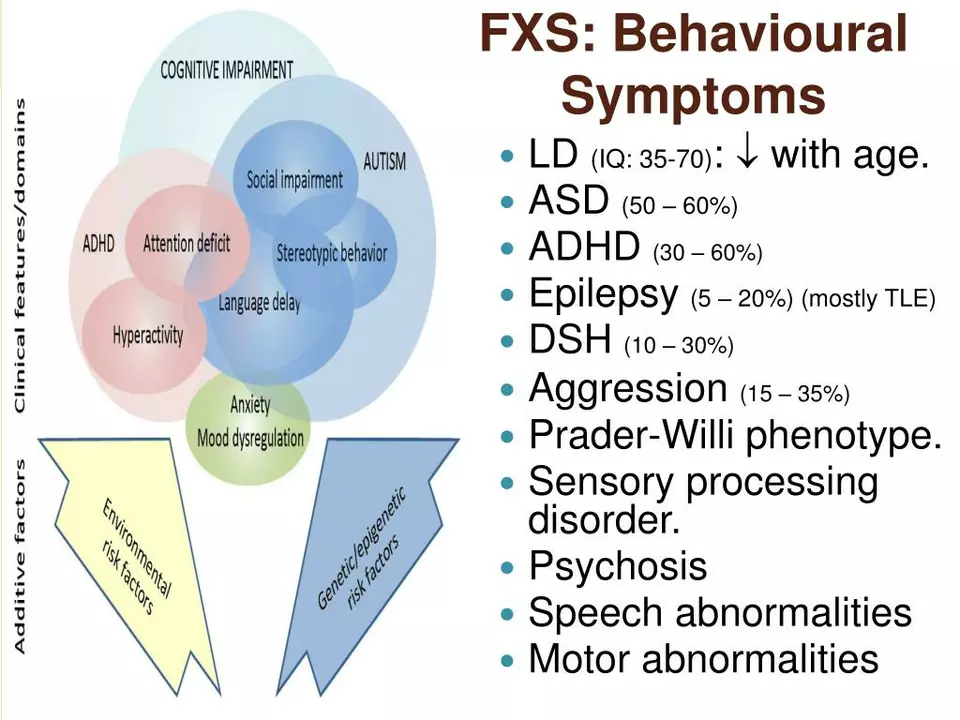Mental Health: Antipsychotics, Aggression & Brain Effects
Some antipsychotic drugs can reduce severe agitation and aggression, but they can also change the brain over time. This category collects clear, practical posts on those trade-offs so you can understand options, risks, and what to watch for. Below I summarize two recent pieces and give simple steps you can use when talking with a clinician.
What the posts cover
The first post looks at lurasidone as a potential way to manage aggression. Early studies show lurasidone can calm aggressive behavior in some people with mood and psychotic disorders, often with fewer sedating effects than older drugs. The article explains who might benefit, how quickly effects appear, and common side effects like nausea or restlessness. It stresses that research is still early and that clinicians should weigh benefits against risks for each person.
The second post examines long-term effects of chlorpromazine, a very old antipsychotic. Decades of use reveal clear effects on dopamine systems. That’s why prolonged use can cause movement problems such as tardive dyskinesia—repetitive, involuntary facial or limb movements—and sometimes cognitive slowing or memory change. The piece outlines how these risks appear over time and why regular monitoring matters.
Practical steps you can take
If you or someone you care for is on or starting antipsychotics, try these concrete moves: ask the prescriber about the expected timeline for benefit and common side effects; get a baseline check for movement and cognitive function so changes are easier to spot; schedule regular follow-ups—every few months at first; and learn specific signs to watch for, like new involuntary movements, increased confusion, or sudden worsening of mood.
Talk about alternatives. Newer antipsychotics may have different side-effect profiles than older drugs like chlorpromazine. Ask about starting at the lowest effective dose, using the shortest reasonable course, and pairing medication with therapy or behavioral supports to reduce long-term reliance on drugs. If movement side effects appear, ask the clinician about dose adjustment or switching medications rather than waiting.
If aggression is the main issue, ask whether non-drug strategies might help: structured routine, clear communication, environmental changes, and targeted behavioral therapy often reduce episodes and lower medication need. For sudden severe agitation or risk of harm, follow emergency medical guidance immediately.
Read the full articles below to get study details, patient examples, and questions you can bring to your clinician. If something sounds relevant to you, mention it at your next appointment—small steps now can prevent bigger problems later.

